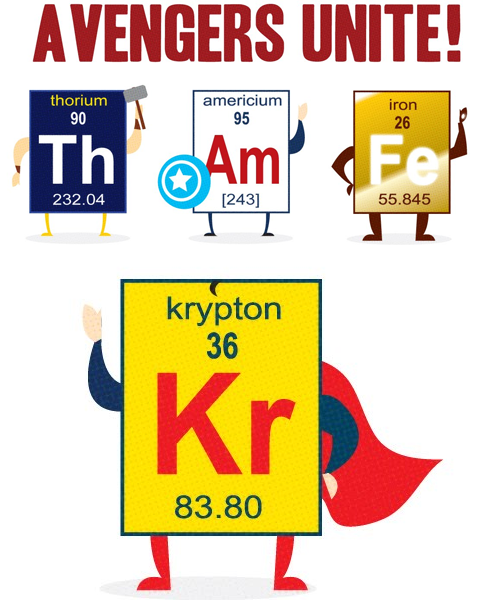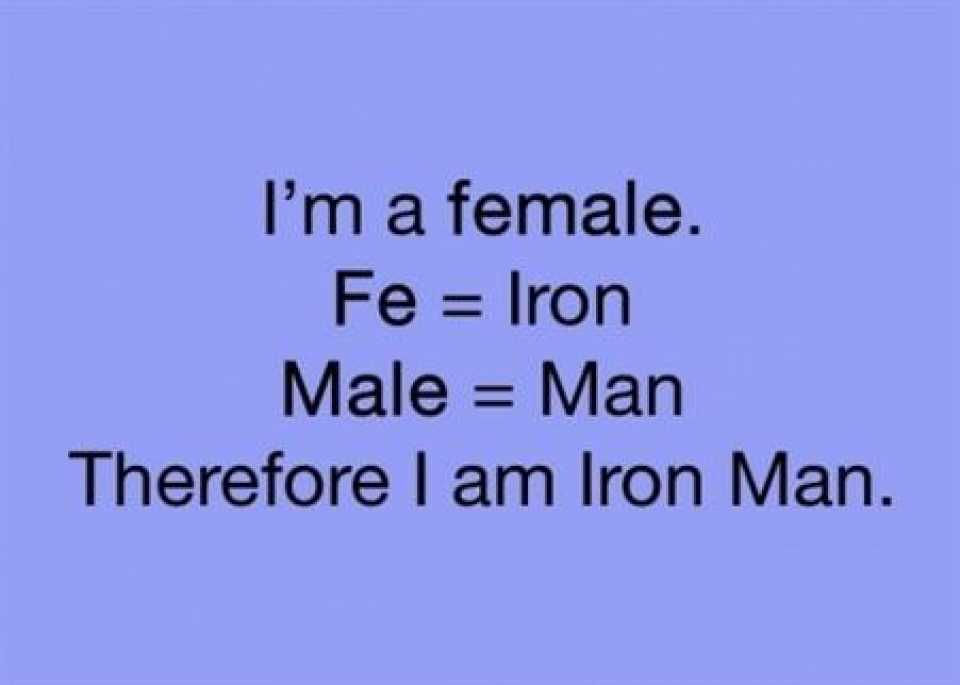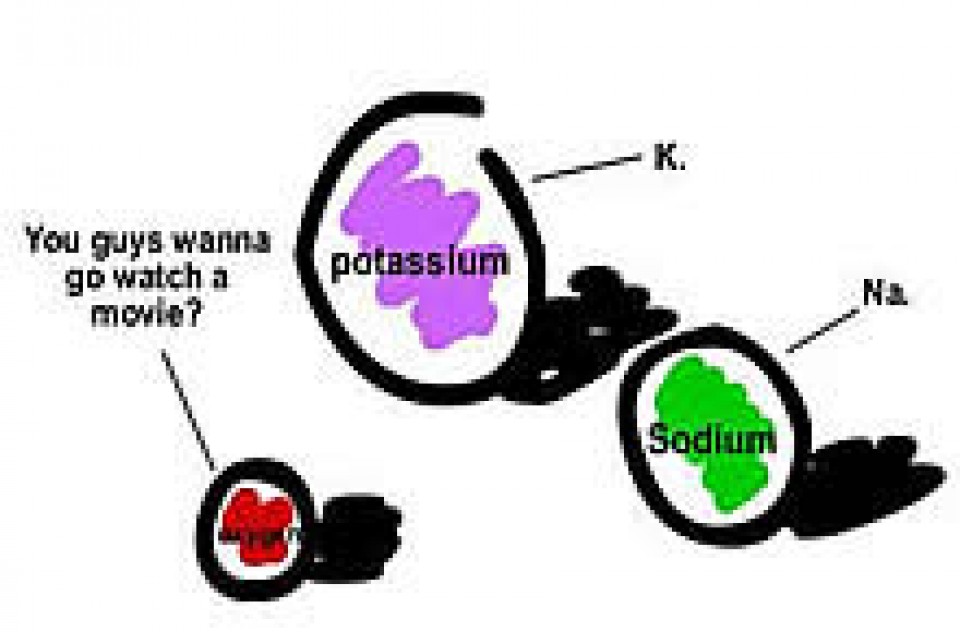[View the accompanying Heat & Specific Heat Capacity Practice Problems here.]
Temperature vs. Heat
- For example, the temperature of a cup of coffee is the average energy of all of the particle present. Some particles have less energy and move slower, while others have more energy and move faster, but the temperature measures the average.
- Consider the coffee cup example above. While temperature is the average energy of the particles, heat is the total energy of all of the particles. In other words, it’s the sum of the energy of each of the particles combined.
Think of it this way: A cup of piping hot coffee and spoonful of the same coffee might have the same temperature, but they have very different heats. The spoonful has considerably less heat and if drank would not burn nearly as bad as the cup of coffee which contains more heat, despite being at the same temperature.
Heat
Heat is often expressed in units of calories (cal) or joules (J).
A calorie is the amount of energy required to raise the temperature of 1 gram of water by 1°C. (1 cal ≈ 4.184 J)
A nutritional calorie (Cal – notice the capital C), the kind you might see on a bag of chips or candy bar, is equal to 1000 cal or 1 kcal.
Specific Heat Capacity
Specific Heat Capacity – The quantity of heat required to change the temperature of one gram of a substance by 1°C. (Also called specific heat for short.)
A few examples of specific heat are provided below:
| Substance | Specific Heat |
| Silver | 0.235 J/g∙°C |
| Aluminum | 0.903 J/g∙°C |
| Water | 4.184 J/g∙°C |
This means that it requires 0.235 J to increase the temperature of 1 gram of silver by 1°C. By comparison, it takes 0.903 J to increase the temperature of 1 gram of aluminum by 1°C. This means that if the same amount of heat were applied to both silver and aluminum, the silver would increase in temperature by a larger amount than the aluminum because silver has a lower specific heat capacity.
We can relate heat (q), mass (m), specific heat (C), and the change in temperature (ΔT) with the equation: q = m × C × ΔT. ΔT is defined as the final temperature minus the initial temperature, or Tfinal – Tinitial.
Example
Calculate the amount of heat released when 7.40 g of water cools from 49° to 28°C.
The problem asks to solve for heat (q). We know the mass (m) is 7.40 g and the specific heat (C) is 4.184 J/g∙°C. The change in temperature (ΔT) is the final temperature, 28°C, minus the initial temperature, 49°C.
q = m × C × ΔT
q = 7.40 g × 4.184 J/g∙°C × (28°C – 49°C)
q = 7.40 g × 4.184 J/g∙°C × (-21°C)
q = -6.5×102 J
For additional practice problems on heat and specific heat, visit Heat & Specific Heat Capacity Practice Problems.









